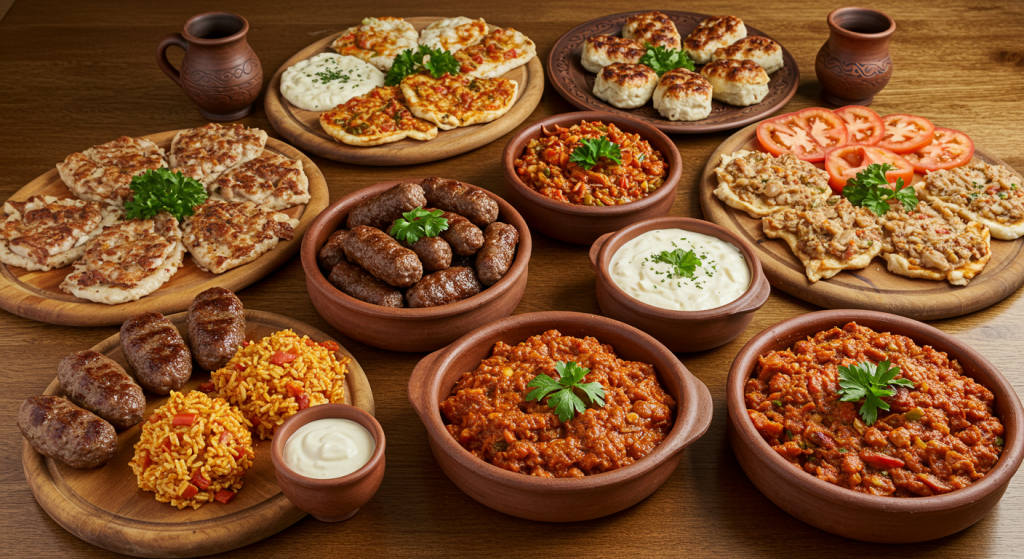
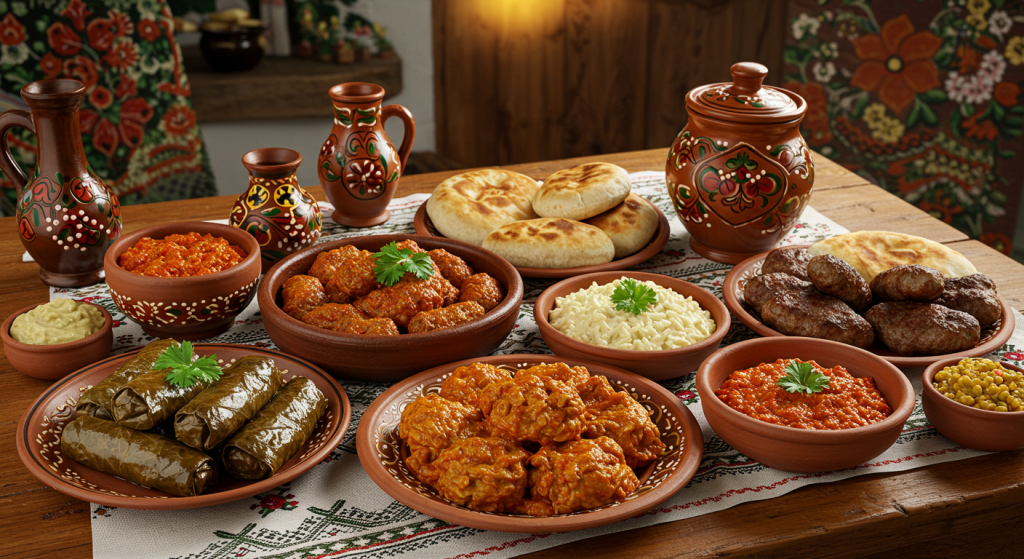
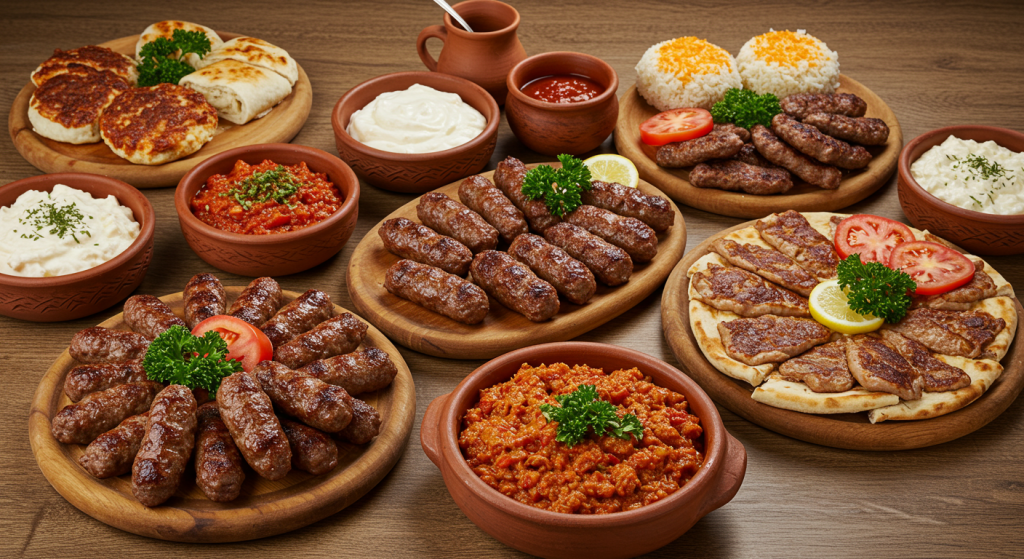
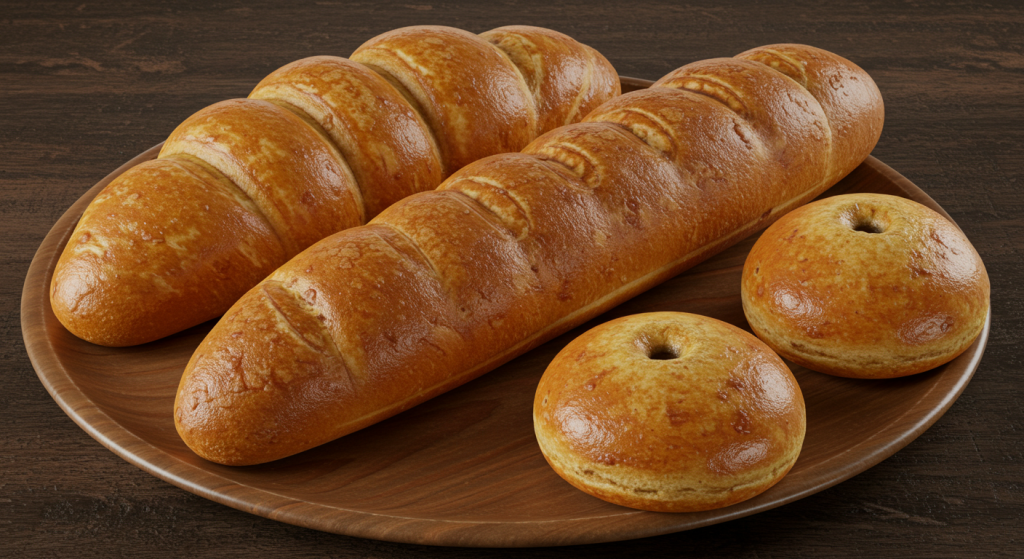
Serbian food is a delightful exploration of flavors, traditions, and cultural influences that have evolved over centuries. Situated at the crossroads of Eastern and Western Europe, Serbia’s culinary landscape reflects a variety of historical influences, including Ottoman, Austro-Hungarian, and Mediterranean traditions. This article delves into the essence of Serbian cuisine and highlights some must-try dishes for anyone looking to experience the country’s rich gastronomic heritage.
The Heart of Serbian Cuisine
At its core, Serbian food is characterized by its use of fresh, local ingredients. The cuisine emphasizes hearty meats, flavorful spices, and an abundance of vegetables, often prepared in simple yet compelling ways. A typical Serbian meal is often centered around meat, especially pork, beef, and lamb, which are frequently grilled, roasted, or stewed.
One staple ingredient in Serbian cooking is paprika. This popular spice not only adds flavor but also imparts a vibrant color to various dishes. Another essential aspect is the use of seasonal produce, allowing for a variety of meals that change with the cycles of nature.
Traditional Dishes to Savor
For those eager to experience Serbian food, several dishes are considered essentials. Ćevapi, small grilled sausages made from minced meat, are ubiquitous throughout the country. Often served with chopped onions and a piquant red pepper condiment known as ajvar, these are street food favorites.
Another beloved dish is sarma, which consists of minced meat and rice wrapped in fermented cabbage leaves and simmered in a rich sauce. This dish showcases the Serbian tradition of time-honored recipes passed down through generations.
Roasted meats are also a significant aspect of festivals and family gatherings. The whole roasted pig (or prase) is often the centerpiece of celebrations, signifying abundance and communal joy.
Vegetarians will also find options that reflect the culinary wealth of Serbia. Moussaka, a layered casserole made from potatoes, eggplant, minced meat, and topped with a creamy béchamel sauce, is a great dish that embraces the heartiness of Serbian cuisine without overwhelming the palate.
Bread and Pastries
Bread holds an important place in Serbian culture, symbolizing hospitality and warmth. The traditional pita, a flaky pastry filled with cheese, potatoes, or pumpkin, is a must-try. It is often enjoyed as a snack or served alongside main dishes. Similarly, burek, filled with minced meat or cheese, is popular in many regions and showcases the perfect blend of crispy crust and savory filling.
Seasonal celebrations often feature slava, a unique tradition where families celebrate their patron saint. This event typically involves preparing a lavish meal for relatives and friends, highlighting various traditional dishes that may bring together flavors and recipes from several regions of Serbia.
Conclusion
Serbian cuisine is a vibrant reflection of its culture, history, and the natural abundance of the land. From succulent grilled meats to hearty stews and pastries, there is a story behind every dish that speaks to the spirit of the Serbian people. For those willing to explore, Serbian food promises a hearty, flavorful journey that evokes warmth and hospitality in every bite. Whether enjoyed in a bustling restaurant or a quaint family home, the dishes of Serbia offer a deep connection to tradition and the joy of shared meals.
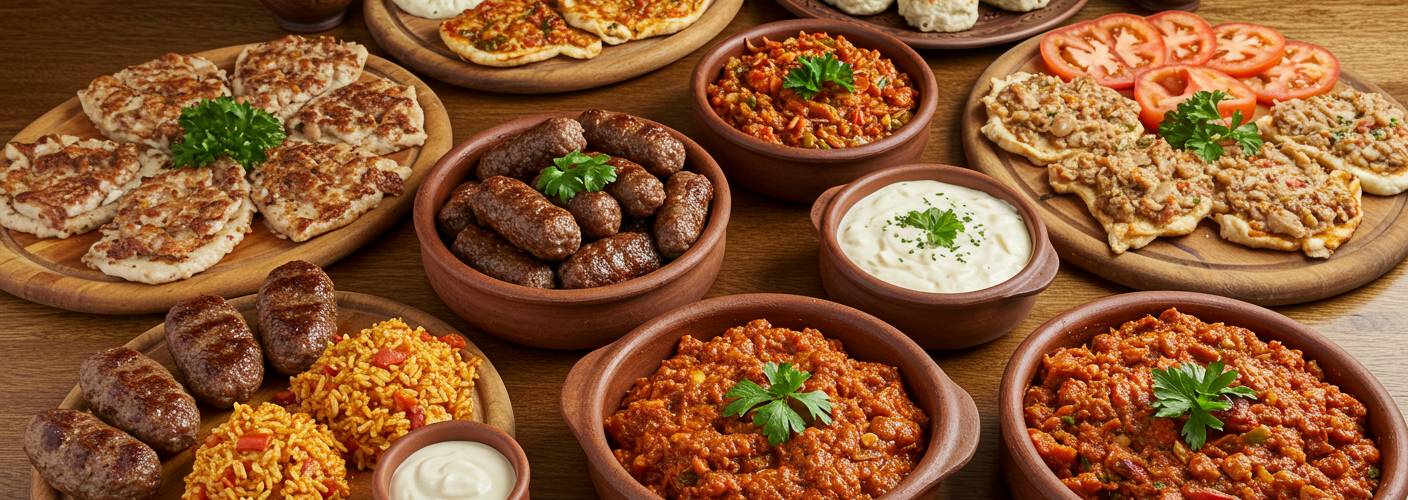



Add comment